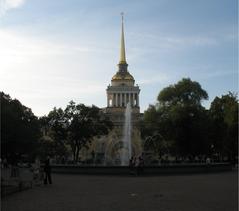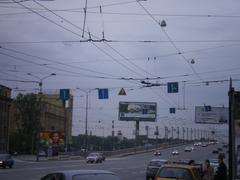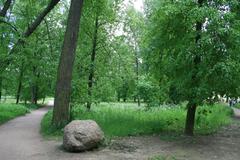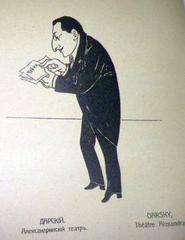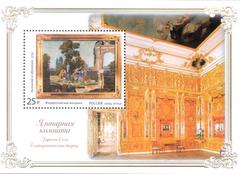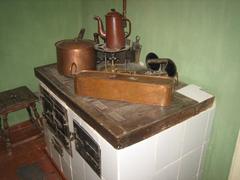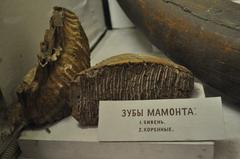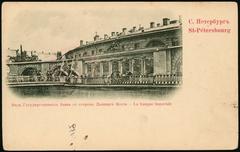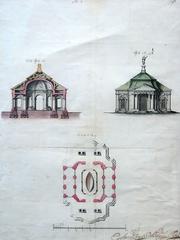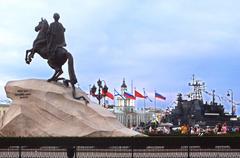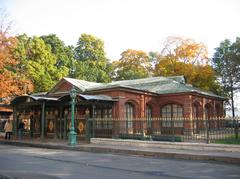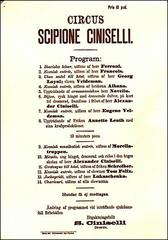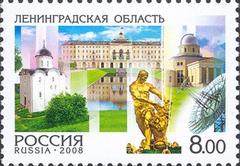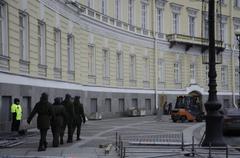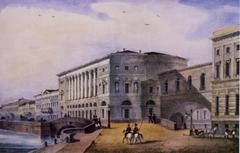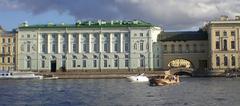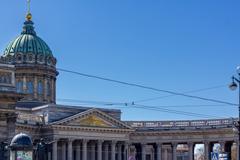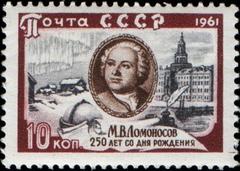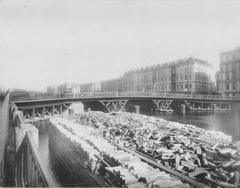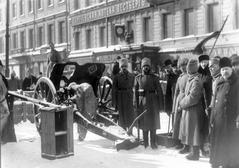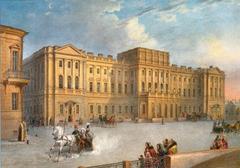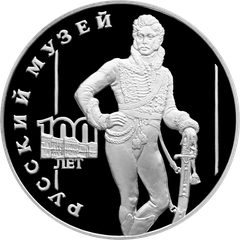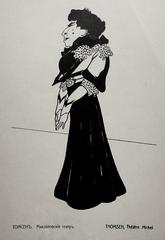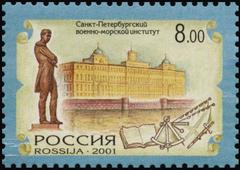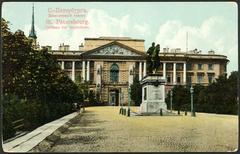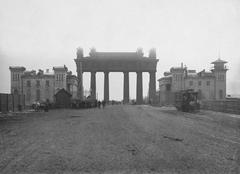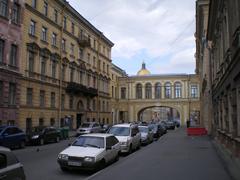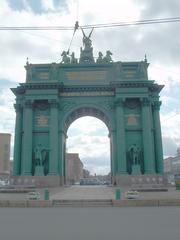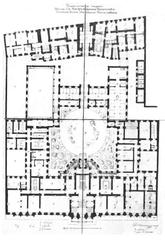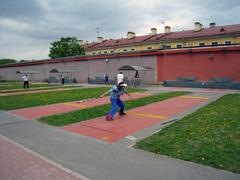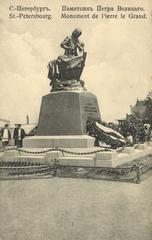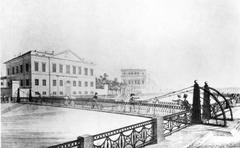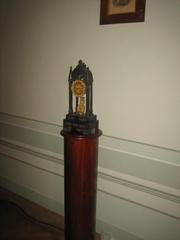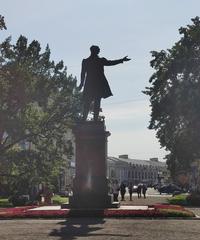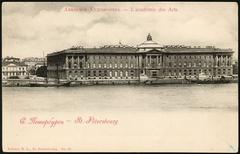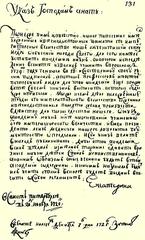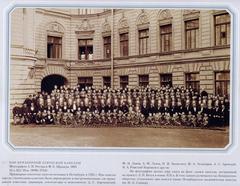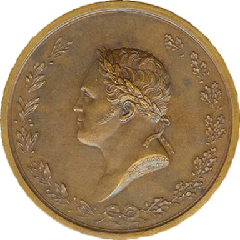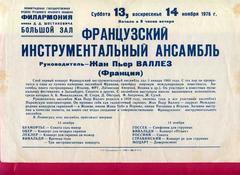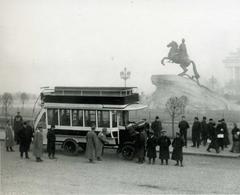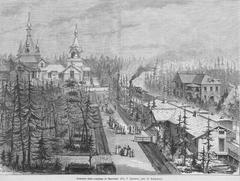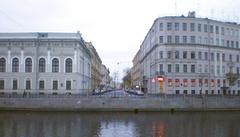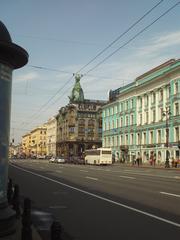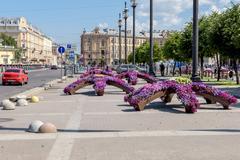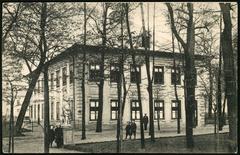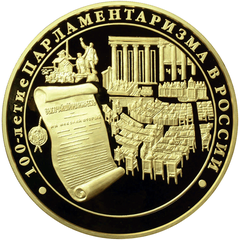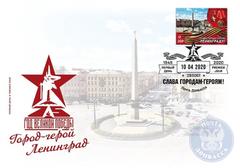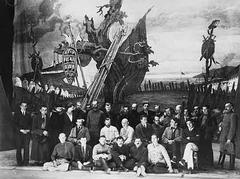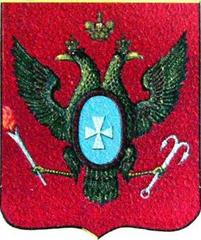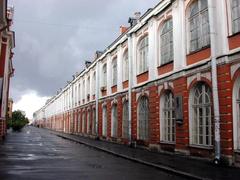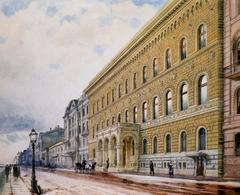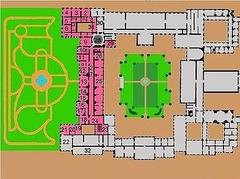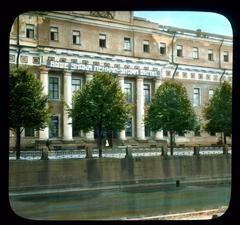
Comprehensive Guide to Visiting the Russian Railways Museum, Saint Petersburg, Russia
Date: 17/07/2024
Introduction
The Russian Railways Museum in Saint Petersburg is a premier destination for those eager to delve into the historical and technological evolution of Russia’s railway system. Established in 1978, the museum commemorates the 150th anniversary of the Tsarskoye Selo Railway, Russia’s first railway line, which laid the groundwork for an expansive railway network across the empire. Situated near the Baltiysky railway station, the museum spans over 57,000 square meters of both indoor and outdoor exhibition spaces, making it one of the largest railway museums globally. Visitors can explore a rich collection of over 28,000 artifacts, including opulent train cars used by Russian Tsars and cutting-edge Soviet-era locomotives, offering a comprehensive view of the railway’s pivotal role in Russia’s industrialization and modernization. Whether you’re captivated by the grandeur of imperial trains or the technical marvels of modern locomotives, the Russian Railways Museum provides an immersive and educational experience for all. Visit the official website of the Russian Railways Museum for more information and to plan your visit.
Table of Contents
- Introduction
- Origins and Establishment
- Early Developments
- Expansion and Modernization
- Notable Exhibits
- Visitor Information
- Nearby Attractions
- Special Events and Guided Tours
- Historical Significance
- Educational and Cultural Impact
- Preservation and Restoration Efforts
- Future Prospects
- Conclusion
- FAQ
Origins and Establishment
The Russian Railways Museum was officially opened on November 1, 1978, to mark the 150th anniversary of the Tsarskoye Selo Railway. This historic railway, which began operations in 1837, connected Saint Petersburg with the imperial residence in Tsarskoye Selo and laid the foundation for an extensive railway network across the Russian Empire.
Early Developments
The museum was conceived as a space to preserve and showcase the technological advancements and historical milestones of Russian railways. Early collections included historical locomotives, carriages, and railway equipment, all meticulously restored and displayed to highlight their significance.
Expansion and Modernization
In 2017, the museum relocated to a new, state-of-the-art facility near the Baltiysky railway station in Saint Petersburg. The new facility, spanning over 57,000 square meters, features both indoor and outdoor exhibition spaces, enhancing the accessibility and interactivity of the museum experience.
Notable Exhibits
The museum’s collection includes over 28,000 exhibits, making it one of the largest railway museums in the world. Notable exhibits include:
- The Imperial Train: Used by Russian Tsars and their families, this luxurious train reflects the grandeur of the Russian monarchy.
- The First Russian Steam Locomotive: Built in 1834 by the Cherepanov brothers, this locomotive represents the dawn of railway technology in Russia.
- Soviet Era Locomotives: Showcasing the technological advancements and industrial achievements of the Soviet era, these locomotives highlight the role of railways in the Soviet Union’s economic and military logistics.
Visitor Information
- Visiting Hours: The museum is open daily from 10:00 AM to 6:00 PM, with extended hours on weekends.
- Tickets: General admission tickets are available for 500 RUB, with discounts for students, seniors, and children. Guided tours are also available for an additional fee.
- Travel Tips: The museum is easily accessible via public transportation, with the nearest metro station being Baltiyskaya. Ample parking is also available for those arriving by car.
Nearby Attractions
Saint Petersburg is home to numerous historical sites, and the museum’s location provides easy access to attractions such as the Peter and Paul Fortress, the Hermitage Museum, and the Mariinsky Theatre. Visitors can easily plan a full day of exploration around their visit to the Russian Railways Museum.
Special Events and Guided Tours
The museum hosts various special events throughout the year, including temporary exhibitions, lectures, and film screenings. Guided tours are available in multiple languages and provide in-depth insights into the exhibits and the history of Russian railways.
Historical Significance
The museum not only preserves the history of railway technology but also offers insights into the broader historical context of Russia. The development of the railway network played a crucial role in the industrialization of Russia, facilitating the movement of goods and people across the vast territories of the empire.
Educational and Cultural Impact
The museum serves as an important educational resource with guided tours, interactive exhibits, and workshops. It collaborates with educational institutions to promote the study of railway history and technology, and hosts cultural events that explore the intersection of railway history and Russian culture.
Preservation and Restoration Efforts
A dedicated team of experts works meticulously to restore and maintain historical railway artifacts. This includes locomotives, carriages, and smaller items such as tools and uniforms, ensuring historical accuracy through extensive research and collaboration.
Future Prospects
The museum aims to continue expanding its collection and enhancing its exhibits with interactive and digital elements like virtual reality tours and multimedia displays. Plans are also in place to strengthen international collaborations and participate in global exhibitions.
Conclusion
The Russian Railways Museum stands as a monument to the rich and complex history of Russian railways. Through its extensive collection, educational programs, and cultural events, the museum offers a comprehensive and engaging exploration of the technological advancements and historical milestones that have shaped the Russian railway system. Visit the official website of the Russian Railways Museum for more information and to plan your visit.
FAQ
- What are the visiting hours of the Russian Railways Museum? The museum is open daily from 10:00 AM to 6:00 PM, with extended hours on weekends.
- How much are the tickets? General admission tickets are 500 RUB, with discounts for students, seniors, and children.
- Is there parking available? Yes, ample parking is available for visitors arriving by car.
- Are guided tours available? Yes, guided tours are available in multiple languages for an additional fee.
- What nearby attractions can I visit? Nearby attractions include the Peter and Paul Fortress, the Hermitage Museum, and the Mariinsky Theatre.
For more updates and to stay connected, download our mobile app Audiala, check out related posts, or follow us on social media.
References
- Discover the Russian Railways Museum - History, Visiting Hours, and More. (2023). Russian Railways Museum
- Explore the Russian Railways Museum - Visiting Hours, Tickets, and Historical Insights in Saint Petersburg. (2023). Russian Railways Museum

